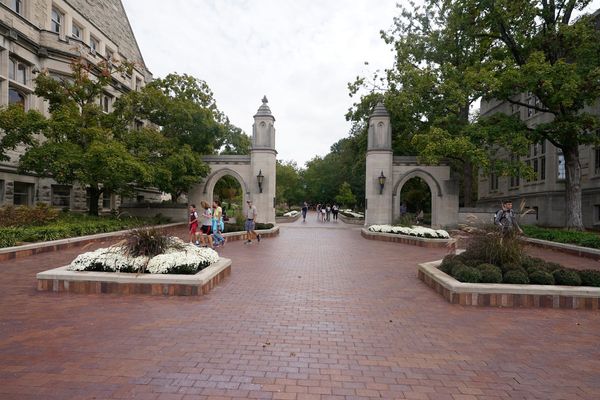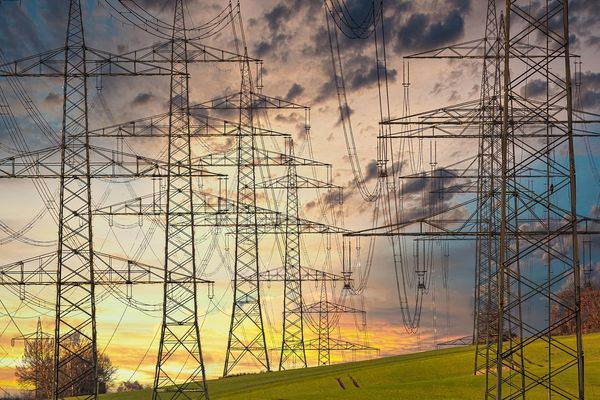
Two of the fires currently burning in the Los Angeles area have now been identified as among the five most destructive wildfires in California state history, based on preliminary data from CalFire. The Palisades Fire has already decimated over 5,300 structures, ranking as the third most destructive fire in the state's history. Similarly, the Eaton Fire has ravaged more than 4,000 structures, making it the fourth most destructive fire on record. These numbers are expected to rise as officials continue to assess the extent of the damage caused by these devastating fires.
It is alarming to note that fifteen out of the twenty most destructive fires in California's history have occurred since 2015. This trend is attributed to the escalating impact of global warming, fueled by fossil fuel emissions, which is leading to more frequent and intense wildfires in the Southwestern United States.



What sets these two fires apart is that they are the only ones among the top twenty most destructive fires in California's history to have occurred in January. This unusual timing can be attributed to the extreme shift from wet to dry conditions experienced over the past two winters. Initially, the wet conditions promoted vegetation growth, only to be followed by a prolonged dry spell that turned the lush vegetation into highly flammable tinder. This phenomenon, known as 'weather whiplash,' is increasingly common due to the effects of climate change, as highlighted by scientific research.







